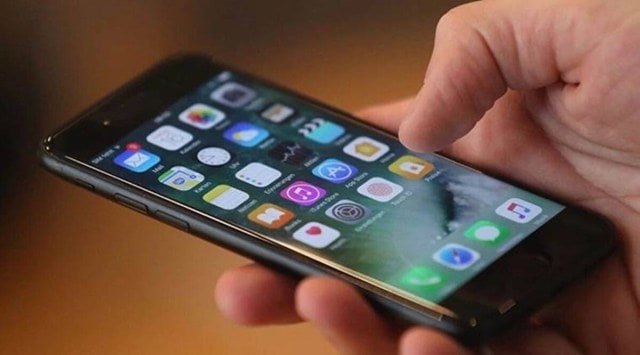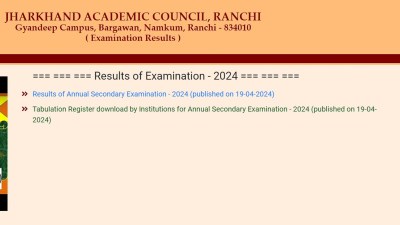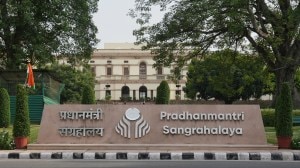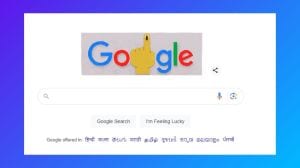- India
- International
Banks, NBFCs stop lending to apps under loan default guarantee model
Experts feel that the RBI’s reservation on FLDG is justified.
 Banks and non-bank players are of the view that the FLDG arrangement should exist. (Representative image)
Banks and non-bank players are of the view that the FLDG arrangement should exist. (Representative image) Banks and non-banking financial companies (NBFCs) have almost paused tie-ups with fintech players, or digital lending apps, under the first loan default guarantee (FLDG) structure for lending in the absence of clarity on contractual agreement from the Reserve Bank of India (RBI).
Broadly, lenders have taken the approach that FLDG cannot be done with non-regulated entities (fintech players that do not come under the RBI’s ambit). Under FLDG, a credit-risk sharing agreement, a third party guarantees to compensate up to a certain percentage of default in a loan portfolio of the regulated entities – banks and NBFCs. Banks cannot lend directly to lending apps which have recently come under the scrutiny of the RBI and the government for unfair lending practices.
However, many experts feel that the RBI’s reservation on FLDG is justified as it may lead to systemic risk, as many lending apps are outside the RBI rules on lending. “The regulator’s argument is that this (FLDG) is leading to renting of licenses, which the regulated entities have. This arrangement could result in higher NPA. There is a possibility of a bigger risk ballooning that might impact all the regulated entities,” said an expert.
The RBI recently gave a list of lending apps working with non-bank lenders registered with the central bank to the government. The Ministry of Electronics and Information Technology later banned 94 loan apps based on this list.
Industry players said the FLDG structure is important for the new-age fintech for doing business as they can raise funds through this model, which otherwise is difficult. “This (FLDG) is the biggest piece on which the industry needs clarity. We want FLDG arrangements both for regulated and non-regulated entities,” said a digital lender. A mail sent to the RBI seeking comments did not elicit any response.

What is FLDG structure?
FLDG is a lending model, a credit-risk sharing agreement, between a fintech and a regulated entity in which a third party guarantees to compensate up to a certain percentage of default in a loan portfolio of the regulated entities
“We have been following up with the RBI to get some clarity on FLDG. We want to know what is allowed and what is not allowed with respect to FLDG arrangement,” said a digital lender. Fintech players said most of the banks and NBFCs that had entered into FLDG arrangements with fintechs have started withdrawing their contracts without clarity.
The RBI met fintech entities and some of their associations in December last year. The Governor assured that the central bank would continue to adopt a participative and consultative approach to facilitating innovations in the financial sector.
Even banks and non-bank players believe that the FLDG arrangement should exist. “When banks are taking large loan exposure, can’t they take a decision on fintech…whether they (fintech) can honour FLDG or not? A complete ban on FLDG is not required,” said a lender.
There are two associations in the fintech industry – the Digital Lenders’ Association of India (DLAI) and the Fintech Association for Consumer Empowerment (FACE). DLAI has over 80 members representing around 85 per cent of the transaction volume of the digital credit industry in the country. There are close to 34 fintech companies that are members of FACE.
Apr 19: Latest News
- 01
- 02
- 03
- 04
- 05






































